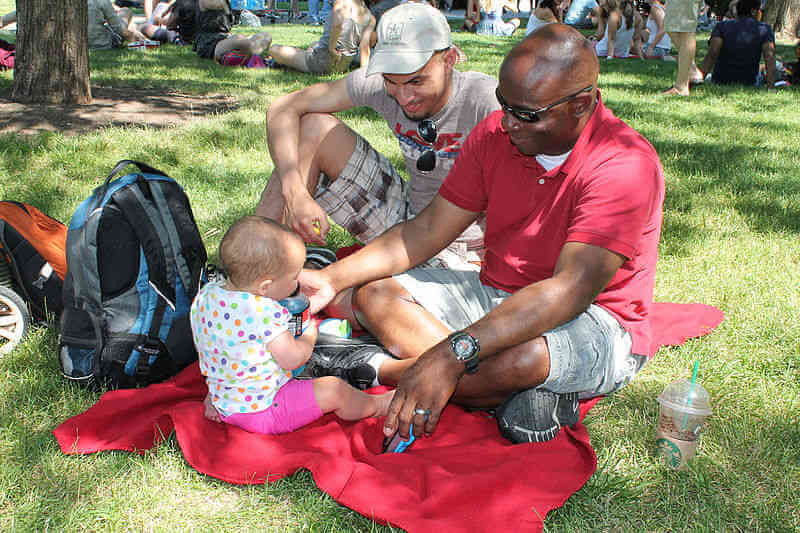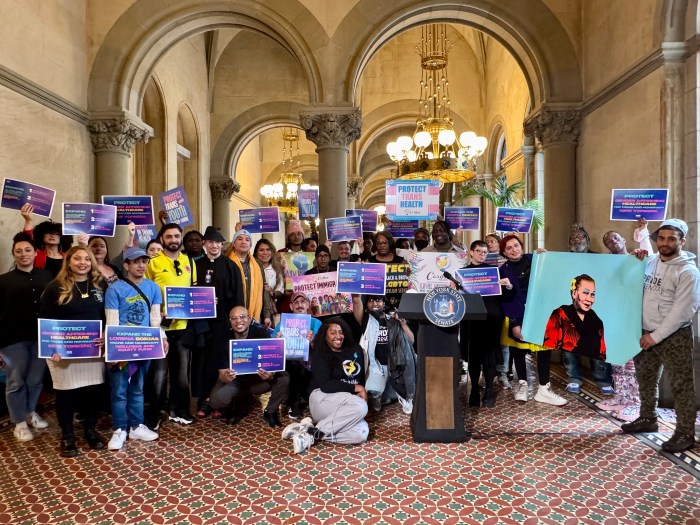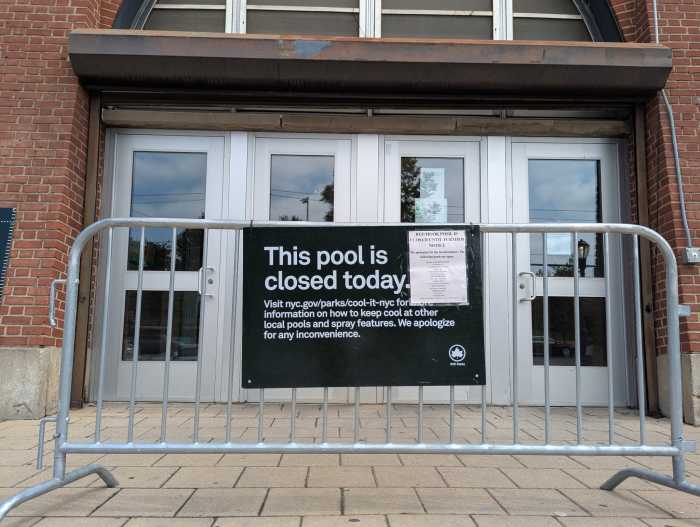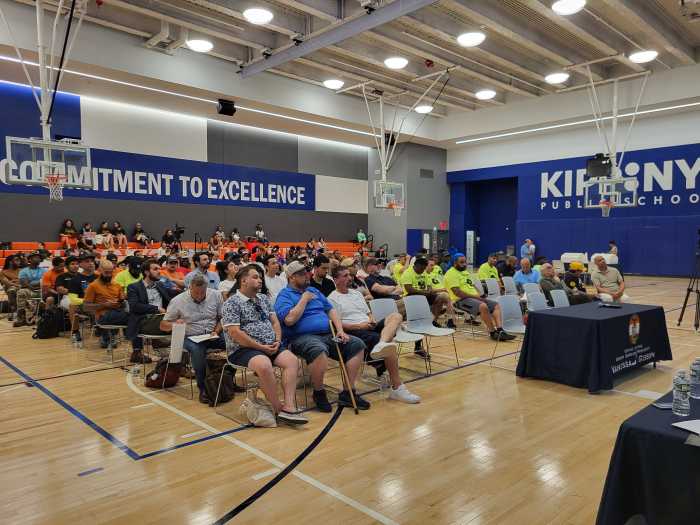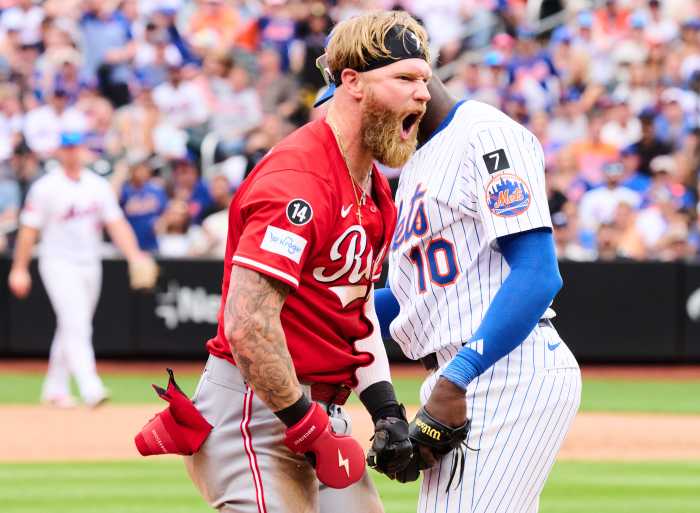Adults who identify as LGBTQ represent 4.5 percent of the US population, according to a wide-ranging study that captured statistics on factors including gender, race, employment, income, and food insecurity.
The study, published by UCLA’s Williams Institute — which focuses on sexual orientation and gender identity law and policy — and carried out in conjunction with Gallup, found that Washington, DC, has a higher percentage of LGBTQ people than any of the 50 states, with 9.8 percent of people there identifying as such. Meanwhile, just 2.7 percent of folks in North Dakota identify as LGBTQ, the lowest percentage in the nation.
Among states, Oregon has the highest percentage of LGBTQ residents (5.6 percent), followed by Nevada (5.5 percent), Massachusetts (5.4 percent), and California (5.3 percent). New York ranks seventh among states, with 5.2 percent of its residents identifying as LGBTQ.
When broken down by gender nationwide, 58 percent of self-identified LGBTQ people are female, while 42 percent are male. The study notably did not take into account those who view themselves as gender non-binary, as its data was limited to information collected on the Gallup Daily Tracking survey.
By race, 58 percent of Americans who identify as LGBTQ are white, while 21 percent are Latinx, 12 percent are black, two percent are Asian, one percent are Native American (including Native Alaskan), and one percent are Native Hawaiian or of other Pacific Islander background. Five percent identify themselves as of mixed racial background.
Education statistics reflect that LGBTQ people of all racial categories used in the survey — except Latinx — achieve either the same amount of higher education as their non-LGBTQ counterparts or slightly less. Roughly two percent more Latinx LGBTQ people attend undergraduate and graduate school programs than non-LGBTQ Latinx respondents.
LGBTQ unemployment is the worst in Wyoming, where 17 percent of queer folks are out of work. Other states with poor LGBTQ employment numbers include Alaska (15 percent), South Dakota (15 percent), and West Virginia (14 percent). In comparison, the unemployment rate for non-LGBTQ folks in those states ranges from three to seven percent.
The study uncovered a correlation between the livelihoods of LGBTQ folks and the inclusivity of the laws and policies of their respective states. South Dakota’s high unemployment rate among queer folks, for example, is in line with the state’s ranking toward the bottom of the Human Rights Campaign’s State Equality Index.
LGBTQ folks are also in a significantly worse position than non-LGBTQ people in Arkansas, which also ranks at the bottom of HRC’s index. More queer people there are uninsured, unemployed, and have greater food insecurity and lower incomes than non-LGBTQ people.
In those same categories in DC, which has strong protections for the community, there are very few disparities between non-LGBTQ and LGBTQ people. The one area in which LGBTQ folks struggle compared to their non-LGBTQ counterparts in DC is food insecurity.
The numbers are very similar in New York, where unemployment rates among non-LGBTQ and LGBTQ people are identical but 21 percent of the queer population is food insecure compared to 14 percent of non-LGBTQ people.
Thirty percent of Alaskan LGBTQ people are uninsured — the worst percentage in the nation — compared to just four percent in Kentucky and three percent in Massachusetts.
Dr. Kerith Jane Conron, who serves as the research director for the Williams Institute, told Gay City News that the results suggest that the lack of federal nondiscrimination protections is likely hindering access to employment for LGBTQ people in some parts of the country.
“Many people don’t know that laws that explicitly protect people from employment discrimination on the basis of sexual orientation and gender identity are lacking in 28 states,” she said.
The study involved surveys of more than 350,000 people annually and was conducted between 2012 and 2016. Only in the final 18 months of that period were equal marriage rights available nationwide, but the study clearly demonstrates that a significant portion of the community is committed to raising children, indicated in the study by a household that had at least one member under the age of 18. More than a quarter of self-identified LGBTQ respondents said they resided in such households — 29 percent nationwide. Those numbers were significantly higher in some states. Forty-four percent of LGBTQ people in Idaho are raising children, while Utah came in as a close second at 40 percent.
In DC, with the highest percentage of LGBTQ folks, just nine percent are parents. New York State sits in the middle of the pack, with 22 percent of the queer population raising children.
The percentage of LGBTQ parents varies greatly by race. LGBTQ Native Hawaiian/ Pacific Islanders lead the way, with 51 percent of them raising children. Thirty-nine percent of Latinx respondents who identify as LGBTQ have kids, while 34 percent of black and 33 percent of multiracial LGBTQ folks are raising children. Just 21 percent of white LGBTQ people have children.
The study suggests that younger Americans are more willing to identify as LGBTQ. The average age of non-LGBTQ people was 47.9 compared to 37.3 for LGBTQ people. Over time, then, studies like this can be expected to identify a larger percentage of the American population as LGBTQ.

